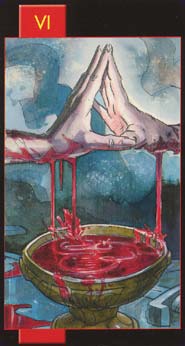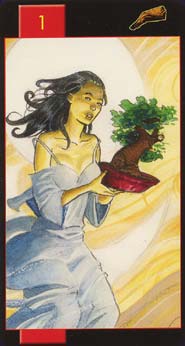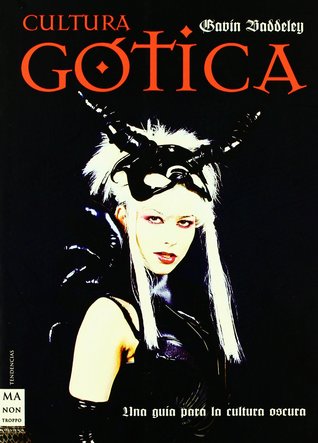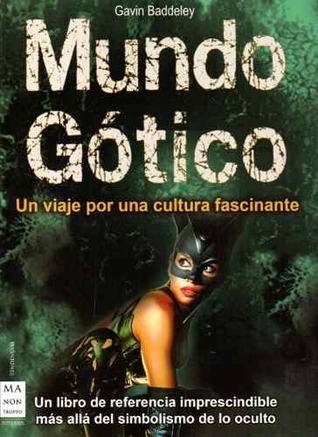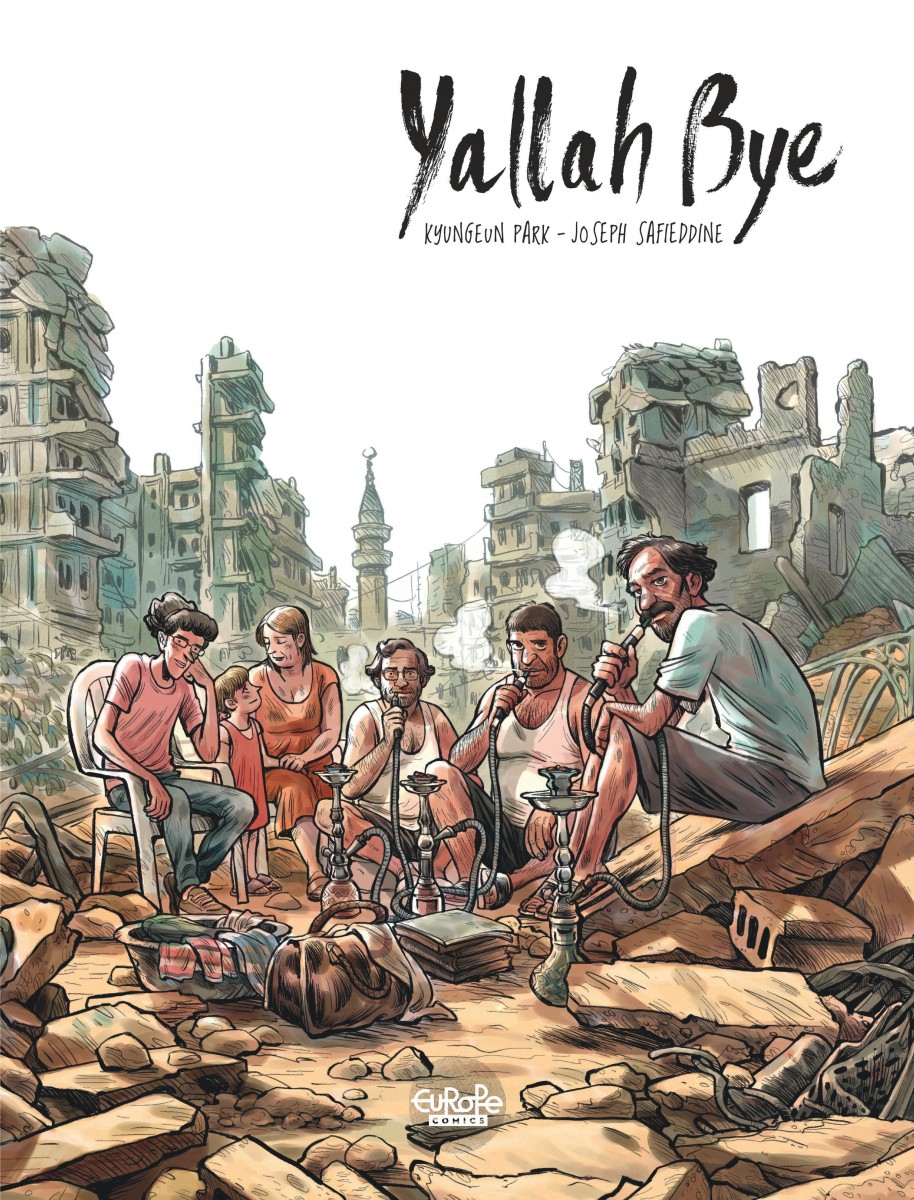Hace poco pude leer nuevo número de Tarot: Witch of the Black Rose, de Jim Balent y Holly Golightly, titulada A Krampus Winter Wonderland, la cual combina la acción de sus primeros números junto con la fantasía y el erotismo explosivo que ha mostrado más recientemente. Esta es en definitiva una de mis series favoritas, no me cansaré de decirlo.
 |
| Cover A Fuente / Source |
Este capítulo en las aventuras de nuestra amada bruja pelirroja nos muestra cómo Tarot se enfrenta nuevamente al infame Krampus, la criatura invernal que secuestra a los niños malos antes del Solsticio de Invierno, a la vez que Raven Hex debe tomar una decisión final con respecto al príncipe dragón que ha estado cortejándola desde hace casi un año.
Comos siempre, las páginas se leen más rápido de lo que uno quisiera y se quedan cortas para la historia. Uno termina queriendo más, mucho más de este universo. Las historias y líneas de de Jim Balent tienen una magia única que se vuelve adictiva con cada número que sale.
Aunque la pelea contra el Krampus se relativamente corta, se siente más larga. Cuando las cosas parecen finalmente alcanzar su punto cúspide, Tarot debe hacerle frente a una nueva criatura que pone a prueba su astucia, su habilidad e incluso su magia.
El lado de la historia de Raven Hex no es menos interesante. Una bruja tan encerrada en sí misma como lo es la bruja oscura no puede tomar una decisión con respecto a sus sentimientos tan a la ligera, y Balent lo sabe perfectamente. Se puede sentir la confusión y la duda en cada página que nos muestra a Raven, haciendo imposible no sumergirse en sus escenas.
Leí en algún lugar que, para alguien, el arte estaba empeorando. Difiero totalmente. Tanto Balent como su esposa, Holly Golightly, a cargo del color y el lettering, hicieron un trabajo excelente en Tarot: Witch of the Black Rose #113. Las sombras, brillos, contrastes y ángulos en cada panel son una delicia visual.
Este cómic se ha destacado por combinar lo sensual con lo monstruoso, lo delicado con lo aberrante, y aunque este número apuesta más por la sensualidad, hay una buena dosis de acción de por medio, junto con los elementos fantásticos que tanto caracterizan esta saga.
Una lectura perfecta para esta época del año, especialmente si, como yo, no son amantes de las clásicas fiestas azucaradas que parecen estar por todos lados. Sangre, magia oscura, dragones y monstruos se mezclan en Tarot: Witch of the Black Rose #113 para crear macabro cóctel festivo.
I recently read a new issue from Tarot: Witch of the Black Rose, by Jim Balent and Holly Golightly, titled A Krampus Winter Wonderland, which combines the action of its first issues along with the fantasy and explosive eroticism that it has shown most recently. This is definitely one of my favorite series, I won't get tire of saying it.
 |
| Cover B Fuente / Source |
This chapter in the adventures of our beloved redhead witch shows us how Tarot faces again the infamous Krampus, the winter creature that kidnaps bad children before the Winter Solstice, while Raven Hex must make a final decision regarding the Dragon Prince who has been courting her for almost a year.
As always, the pages read faster than one would like and they fall short for the story. One ends wanting more, much more of this universe. The stories and lines of Jim Balent have a unique magic that becomes addictive with each number that comes out.
Although the fight against Krampus is relatively short, it feels longer. When things finally seem to reach their peak, Tarot must face a new creature that tests her cunning, her ability and even her magic.
The side of the story of Raven Hex is no less interesting. A witch as close to herself as the dark witch is cannot make a decision about her feelings so lightly, and Balent knows this perfectly. You can feel the confusion and doubt on every page that shows Raven, making it impossible not to immerse yourself in her scenes.
I read somewhere that, for someone, the art was getting worse. I totally disagree. Both Balent and his wife, Holly Golightly, in charge of color and lettering, did an excellent job in Tarot: Witch of the Black Rose #113. The shadows, brightness, contrasts and angles on each panel are a visual delight.
This comic has been highlighted by combining the sensual with the monstrous, the delicate with the aberrant, and although this number is more committed to sensuality, there is a good dose of action in between, along with the fantastic elements that characterize this series.
A perfect reading for this time of year, especially if, like me, you're not lovers of the classic sugary holidays that seem to be everywhere. Blood, dark magic, dragons and monsters are mixed in Tarot: Witch of the Black Rose #113 to create macabre, festive cocktail.



